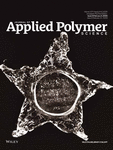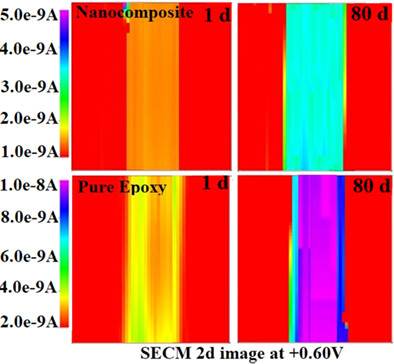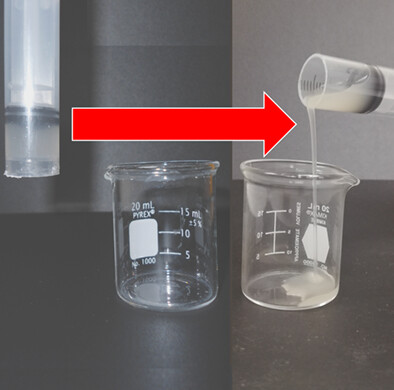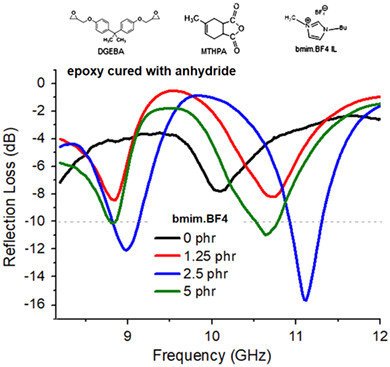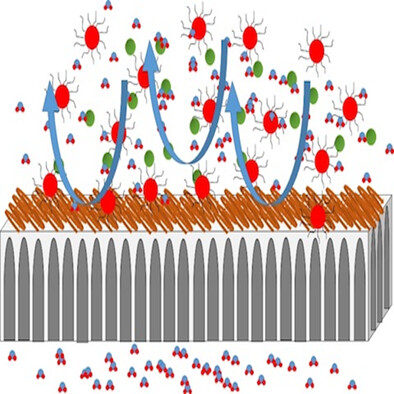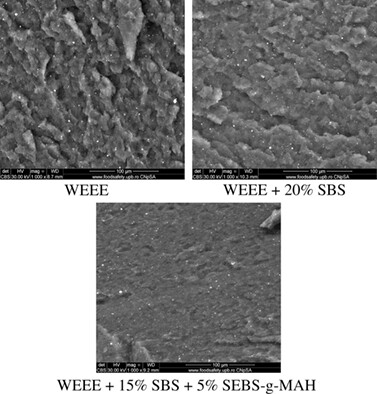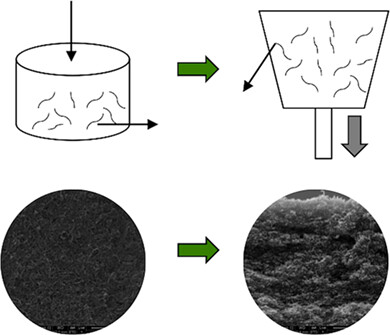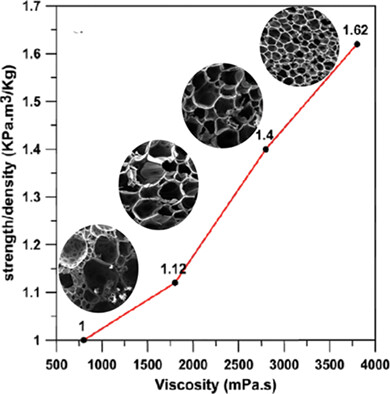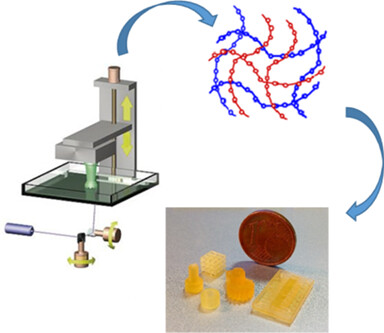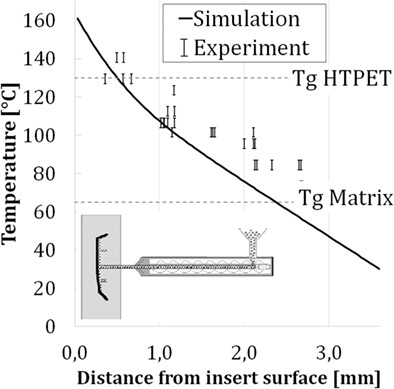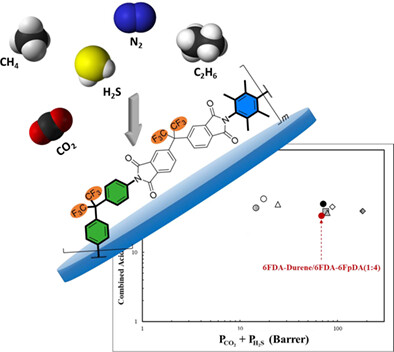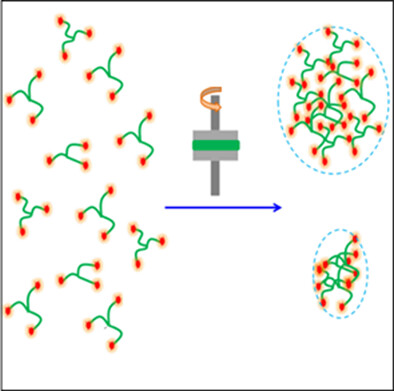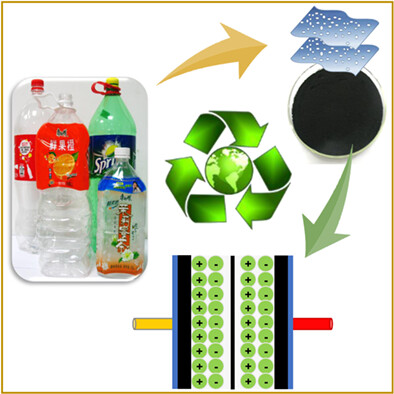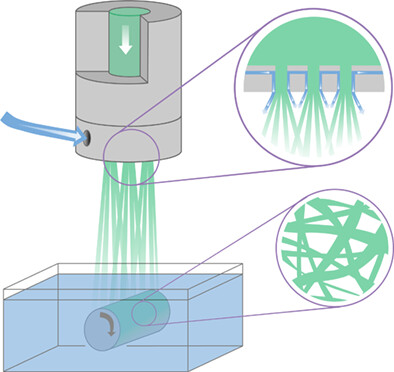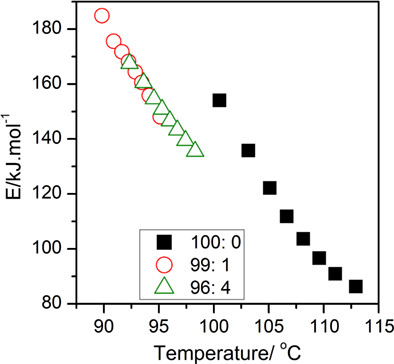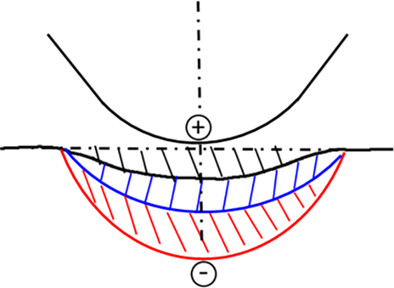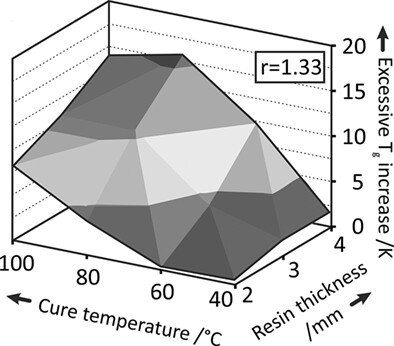Journal list menu
Export Citations
Download PDFs
Cover Image
Cover Image, Volume 137, Issue 5
- First Published: 19 October 2019
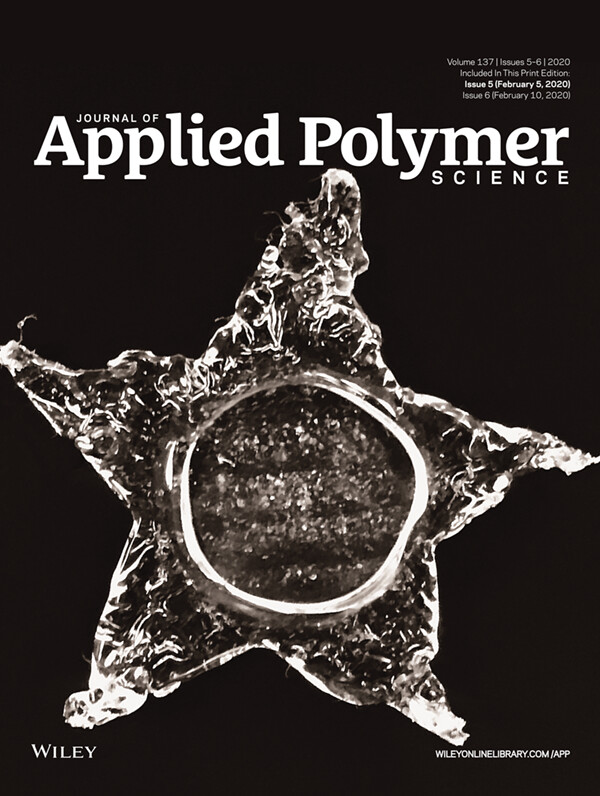
Cationic active centers possess mobility through reactive diffusion and lead to polymerization in unilluminated regions (shadow cure). Shadow cure may allow effective photopolymerization in optically thick and pigmented systems or for systems in which areas are effectively masked from the illumination source, expanding potential applications for photopolymerization. The cover image, provided by Sage Schissel, demonstrates the potential for shadow-cure growth in complex geometries. Here, the sample was only exposed to initiating light in a central 6 mm-diameter, circular exposure area. Over time, cationic active centers diffused symmetrically into unilluminated areas of the mold, polymerizing the complete 25 mm-diameter star shape. DOI: 10.1002/app.48290
Issue Information
Articles
Controlling shadow cure in cationic photopolymerizations using physical cues and processing variables
- First Published: 29 July 2019

Cationic active centers possess mobility through reactive diffusion and lead to polymerization in unilluminated regions (shadow cure). Here, the sample was only exposed to initiating light in a central 6 mm-diameter, circular exposure area. Over time, cationic active centers diffused symmetrically into unilluminated areas of the mold, polymerizing the complete 25 mm-diameter star shape.
THIS ARTICLE HAS BEEN RETRACTED
Articles
Development of porous fabric-hydrogel composite membranes with enhanced ion permeability for microalgal cultivation in the ocean
- First Published: 01 August 2019

Porous fabric-hydrogel composite membranes (PFHCMs) with enhanced nitrite ion (NO3−) permeability are developed by using three porogens: water-soluble macromolecules, surfactant micelles, and CaCO3 microparticles. The PFHCMs prepared with surfactant micelles exhibit the most regular, uniform, and interconnected microporous morphology and provide the higher NO3− permeability coefficient than the fabric-hydrogel composite membranes and commercial cellulose acetate membranes.
Influence of carboxymethylation on the gelling capacity, rheological properties, and antioxidant activity of feruloylated arabinoxylans from different sources
- First Published: 05 August 2019
Epoxy/imidazolium-based ionic liquid systems: The effect of the hardener on the curing behavior, thermal stability, and microwave absorbing properties
- First Published: 05 August 2019
Membrane functionalization using bisamide-based organic frameworks for molecular weight cutoff reduction
- First Published: 29 July 2019
Modification of mechanical and color properties of polypropylene with colored nano-SiO2 prepared from diatomite
- First Published: 02 August 2019
Impact strength elastomer composites based on polystyrene components separated from waste electrical and electronic equipment
- First Published: 01 August 2019
Preparation, thermal and mechanical properties of poly (ether-imide) composite reinforced with carbon nanotube buckypaper
- First Published: 02 August 2019
The effect of resin formulation on the cellular morphology and mechanical properties of phenolic foams
- First Published: 02 August 2019
Novel CNC/silica hybrid as potential reinforcing filler for natural rubber compounds
- First Published: 05 August 2019
Near-visible stereolithography of a low shrinkage cationic/free-radical photopolymer blend and its nanocomposite
- First Published: 02 August 2019
Influence of temperature during overmolding on the tensile modulus of self-reinforced poly(ethylene terephthalate) insert
- First Published: 05 August 2019
Rheological study of quaternary ammonium-containing star-shaped polylactic acid
- First Published: 09 August 2019
Porous carbon nanosheet with high surface area derived from waste poly(ethylene terephthalate) for supercapacitor applications
- First Published: 02 August 2019
Cellulosic nonwovens produced via efficient solution blowing technique
- First Published: 19 August 2019
Nonisothermal crystallization kinetics of PLA/nanosized YVO4 composites as a novel nucleating agent
- First Published: 05 August 2019
Aspects of reproducibility and stability for partial cure of epoxy matrix resin
- First Published: 02 August 2019




